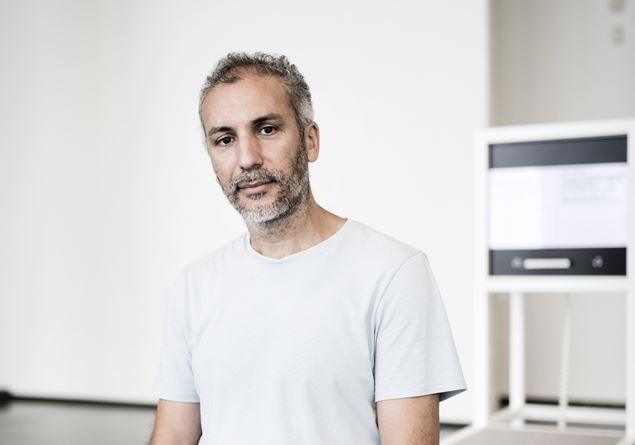The increase in life expectancy and the decline in births are transforming the characteristics of the Italian population which, from year to year, is aging. If this is fortunate from a certain point of view (you are able to live longer, with a better quality of life than in the past), it is at the same time a real social challenge, which also brings with it a series of new opportunities.
To take stock of the situation of what is happening in our country is a recent KPMG study entitled Demographic trends and new insurance needswhich highlighted how the growth of the elderly population, in the face of a lower birth rate, contributes to completely redefining the social and economic fabric of our country. But above all, insurance needs change.
The research numbers highlight the constant aging of the population: in 2023 there were 14.2 million over 65s: in 2040 there will be 18.8 million (we are faced with a growth of 4.6%). Massimiliano Dalla Via, CEO and general manager of Intesa Sanpaolo Protectionexplains that all statistics are unique: «There is a demographic winter. With a birth rate close to zero, the population is destined to age. We must prepare to live longer and face needs that will change over time.”
From a strictly pragmatic point of view, the aging of the population turns into a challenge that affects each person individually. But how does a longer life expectancy translate into the hope of living well and healthy?
«It is important to start thinking about it as soon as possible, investing in a healthy lifestyle: prevention is always better than cure. Also through preventive visits, thanks to which you can have a complete clinical picture and accurate diagnoses of your state of health. In this way you can have positive behavior, which will have a good impact on general well-being.”
Who should you entrust this strategy to?
«Not exclusively to the public, but also relying on the private sector, which will not have to replace the National Health Service, but will have to support it. In this context, health insurance companies will have an important role, as they will be able to offer excellent support for prevention. In the future, then, they will be a valid ally to protect people from non-self-sufficiency. To be able to face the passing years in the best way, it is necessary to plan ahead. The sooner you start the better. Already at the age of 40 it is important to start planning your healthcare future financially, so as not to find yourself completely unprepared when you get older.”
Currently, total members of the supplementary pension scheme represent approximately 36% of the workforce. What is holding back the adhesion of Italian workers?
«There is a generation gap: those under 40 do not have the perception of what their pension will be when they finish working. You only start thinking about it later, when it’s too late. Unfortunately, young people are inclined to spend today, without thinking about their social security future.”
But how much do the precarious working conditions of young people have an impact on their unwillingness to invest in supplementary pensions?
«Insecurity is, undoubtedly, an obstacle. But financial culture is often lacking: this is why strong education campaigns are needed. Abroad, even the youngest people have health insurance and immediately think about supplementary pensions: a different culture that arises from a healthcare system that is often organized in a different way. That said, investments in supplementary pension provision should always be a percentage of your salary, so you can build a starting base. As earnings grow over the course of one’s career, maintaining a constant percentage, the investments made also increase.”
How much does inflation affect the willingness/ability to invest in supplementary pensions?
«Leaving money in the bank account right now is wrong. Pension fund returns always create more value than inflation: in this way savings do not lose their purchasing power.”
The resources allocated to complementary pension schemes represent 4% of the financial assets of Italian families. How much should they amount to be an optimal investment for the future?
«There is no right percentage: it should constitute a fixed expense. Although defining the investment in complementary pension schemes in this way is not correct, because we must be aware that it is an essential expense for the future, which, as we said before, must start from a young age, in order to accumulate a good economic base for when we need it”.
The structure of families changes. In 2023 there were 8.9 million single people, which is expected to reach 9.8 million by 2042. How will this impact the economic security and welfare needs of those directly affected?
«The family is changing: the number of singles is increasing by choice or by necessity. Unfortunately, living alone increases the risks: when we become non-self-sufficient, we often lack the support of our loved ones even for managing daily practices. Even more so, those who find themselves in this situation must create the economic supports that can sustain them in times of need. Health insurance, thanks to which it is possible to obtain healthcare support when needed, is one of the solutions that can be adopted when there are no family members who can make up for the shortcomings.”
How important is it to start having good supplementary health coverage to deal with what public welfare is no longer able to guarantee?
«Let’s start from an assumption: the National Health Service is excellent. Insurance is not an alternative, but must fill the gaps that have arisen over time, such as excessively long waiting lists. When you reach a certain age, waiting too long becomes really problematic. Complementary healthcare is not a solution for the rich. We need to dispel this myth: the principle of mutuality applies in this field. A periodic premium is paid to cover your own policy, but also to help other members.”










